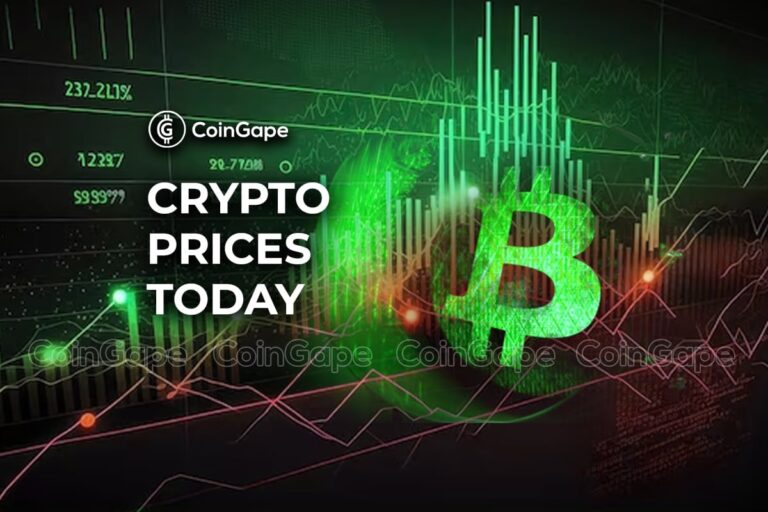Cardano Founder Exposes USAID’s Role in Spreading Anti-Bitcoin Propaganda: A Wake-Up Call for Crypto Enthusiasts!
The Recent Controversy
Cardano founder Charles Hoskinson has recently taken to social media to express his frustration with the United States Agency for International Development (USAID). According to his claims, USAID has been funding projects that paint Bitcoin in a negative light, associating it with right-wing extremism. This has sparked outrage within the cryptocurrency community, with many questioning the motives behind such actions.
Hoskinson’s Response
On X (formerly Twitter), Hoskinson didn’t hold back in his criticism of the alleged anti-Bitcoin propaganda being spread by USAID. He called the situation “garbage” and emphasized his concerns about misinformation being disseminated to the public. As a prominent figure in the cryptocurrency space, his words carry weight and have drawn attention to the issue at hand.
The Implications
For crypto enthusiasts, this revelation serves as a wake-up call to be vigilant against external influences trying to shape the narrative around digital currencies. It highlights the importance of conducting independent research and staying informed about the true nature of Bitcoin and other cryptocurrencies. In a time where the industry is already facing scrutiny and regulatory challenges, such tactics only add to the hurdles that need to be overcome.
How This Affects You
As a crypto enthusiast, the exposure of USAID’s role in spreading misinformation about Bitcoin may make you more cautious about the sources of information you trust. It’s essential to verify the credibility of news and be critical of narratives that seek to undermine the legitimacy of digital assets. This incident underscores the need for transparency and accountability in the crypto space.
Global Impact
On a larger scale, the revelation of USAID’s alleged involvement in anti-Bitcoin propaganda raises concerns about the broader implications of such actions. If government agencies are indeed influencing public opinion on cryptocurrencies, it could have ripple effects on regulatory decisions, market dynamics, and ultimately the future adoption of digital assets worldwide. This highlights the need for greater awareness and advocacy within the crypto community to combat misinformation and preserve the integrity of the industry.
Conclusion
Charles Hoskinson’s public condemnation of USAID’s role in spreading anti-Bitcoin propaganda serves as a stark reminder of the challenges faced by the cryptocurrency community. It underscores the importance of remaining vigilant, seeking reliable information, and advocating for transparency in the face of external influences. As crypto enthusiasts, we must stay united in our efforts to combat misinformation and protect the integrity of the digital asset space.




